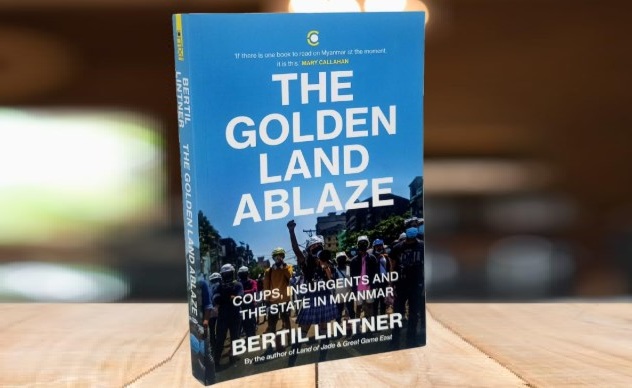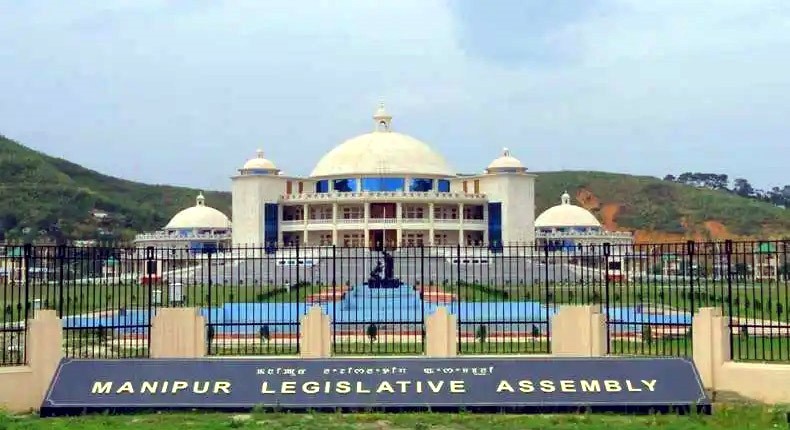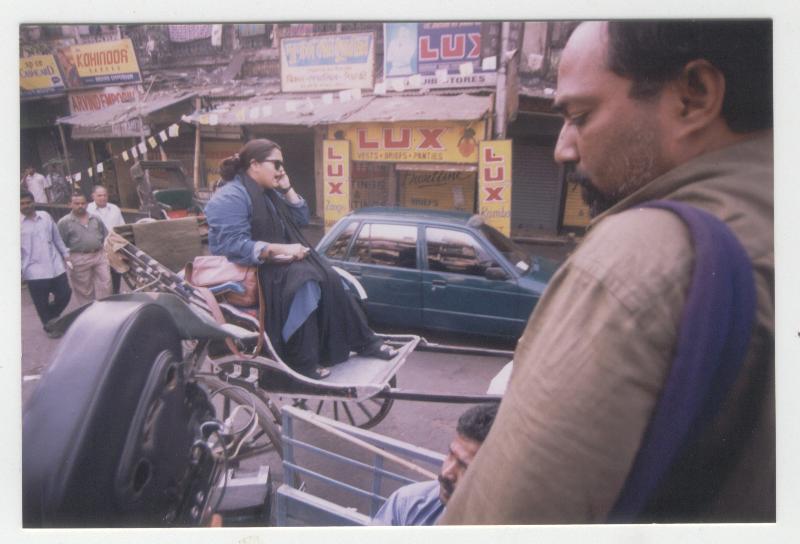Few works of art have more convincingly portrayed the irreconcilability of racial identities than in French existentialist author Albert Camus well known short story, “The Guest” set against the backdrop of the Algerian resistance movement against French colonialism. In it, a white school teacher, by ancestry a Frenchman but in every other sense of the word a son of the Algerian soil, who even disregards and disobeys the colonial French government’s overtures to coopt him in the fight to subdue local insurrection, discovers to his profound sorrow how unbridgeable the divide between the races are in a graffiti message on the school blackboard written by his students and directed at him. It is a beautiful picture of the human spiritual and psychological landscape the artist paints, bringing out its complex nuances without attempting any serious analysis as to how or why things were as they were.
Then along came the scientists to do the reductive and constructive analyses as it were. Sudhir Kakkar’s “Colours of Violence” in many ways is an explanation of such a divide, although his term of reference is neither Algeria nor Camus’ writings. Instead, Kakkar, who calls himself a “pragmatic liberal and an agnostic mystic” studies the phenomenon of communal riots in India between the Hindus and Muslims, and comes to the conclusion that there is something much deeper and fundamental in the identity divide than the usual explanation that it is a fallout of sinister machination of colonial politics.
He does not align with the rabid hatred and paranoiac sense of persecution preached by fanatical religious leaders and politicians, but all the same takes pains to point out the shallowness of the liberal view of history as a function of the present – that the past is malleable and the shape it takes will depend on its interpretation by the present to suit its conveniences. While there is plenty of truth in, it nonetheless fails to explain too many problematic points. Why would the identity divides persist amongst communities after generations of sharing and living together, as Camus so poignant brings out in “The Guest” or affinities in familial and social bonding remain after generations of separation and radically different social engineering as in the case of East and West Germans that Kakkar cites in his book.
In the wake of an increase in the concern for ethnic identity question often bordering on xenophobia that the state is witnessed to in the present times, this debate is extremely relevant – both to understand the dynamics at work that led to the cataclysm, but more importantly, to build the foundation for future government policies to prevent more such tragedies. Such debates do happen occasionally on the public forums such as those provided by the media, but they need to be taken further. Does the divide exist only at the instrumental level or is there something more fundamental? The answer to this question is important, for on it would depend the soundness of government policies, and consequently the health of future relations between the communities.
I am of the opinion that it is important for the government to acknowledge both the instrumental as well as seemingly primordial factors in the making of group identities, and then evolve effective administrative policies. I am a little hesitant in the use of the adjective primordial, for identity formation is a dynamic process, and different identities evolve at different junctures. Hence, while the formation of some identities are older, none can actually claim to be primordial. For instance, when in 1929, the Nagas of the then Naga hills of Assam submitted a memorandum to the visiting Simon Commission, of the Naga leaders who signed the memorandum was a Kuki. The identity Naga or Kuki then are certainly not the same. Similarly, when Ava monarch King Alaungpaya, founder of the powerful Konbaung Dynasty of 11 generation of powerful kings invaded Manipur in 1758 during the reign of King Bheigyachandra, to avenge the raids of the latter’s grandfather, King Paheiba on Ava, the Moirang principality did not identify themselves as subjects of the Meitei rulers at Kangla. Nobody will argue how different all these same identities are today. In other words, identities continually grow and change.
The challenge today then is to seek to integrate what can be integrated immediately without contradictions or friction, but give time to other areas that require more time before the idea of a gradual but inevitable coming together of identities becomes acceptable to all concerned. This also means, there must be graceful allowance for distinctness where total integration cannot be achieved, although without detriment to the overall social organisms.
In the emphasis on making only politically correct statements, the danger is of neglecting (or else ignoring) uncomfortable but all the same undeniable constituents of the problem. Such deliberate or unintended oversights can only come to be stumbling blocks in the way of a lasting resolution to the problems at hand. A useful strategy is to think of the picture of the ostrich hiding its head in the sand to describe the situation. In tackling this problem, the bull must be taken by the horns, and this would entail acknowledging and addressing the uncomfortable realities as well. One of these is the often-expressed apprehension that a radical alteration in the demographic profile of not just Manipur, but the entire Northeast region, may end up marginalising local populations. This should not be reduced to a question of being subversive to the rhetoric of national interest, although many slavish loyalists seem to revel in the idea in the hope of being awarded the position of the most favourite slave of their deemed masters. In fact Manipur and the other Northeast states must engage the Union government in this debate constructively but with conviction for a more comprehensive future demography policy, and with it a more democratically evolved identity where variations are seen as assets not liabilities.












